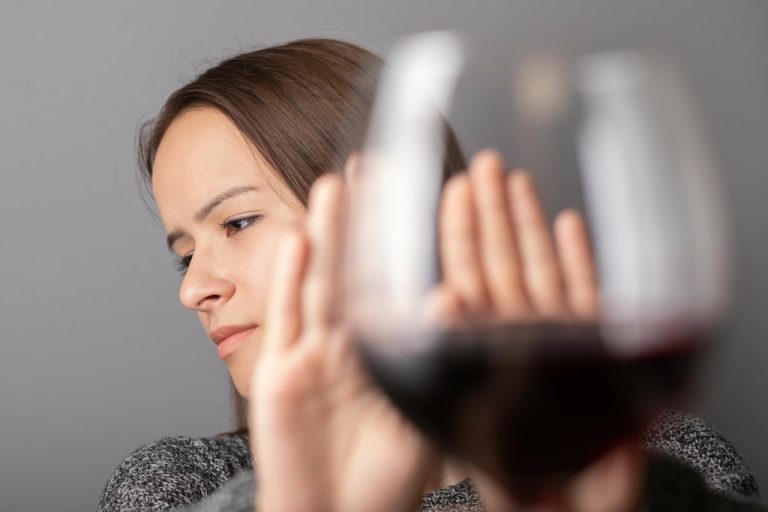Substance abuse may have taken years of your life, so sober living homes can help you regain them. Lastly, it allows you to build meaningful sober relationships and bonds. Sober living https://www.july52.ru/rastvoritel-uayt-spirit-svoystva-i-primenenie homes in the U.S. aren’t covered by insurance and are often paid for out of pocket. Payment plans, scholarships, grants and government-funded programs may be available for residents facing financial hardship.
Other Sober Living Facilities

You’ll get a 100% custom plan, then daily texts to track your progress and help you stay on target. John C. Umhau, MD, MPH, CPE is board-certified in addiction medicine and preventative medicine. For over 20 years Dr. Umhau was a senior clinical investigator at the National Institute on Alcohol Abuse and Alcoholism of the National Institutes of Health (NIH). Let’s explore some of the best cities for sober living, in no particular order. These cities stand out from the rest and are often the go-to city for those seeking recovery.
Are Sober Living and Halfway Houses the Same?
When you embark on the path to sobriety, finding a supportive environment is crucial. They’re not just a place to live; they’re designed to support your recovery and prevent relapse by providing a structured, substance-free environment. Here’s how sober living homes can make a difference in your recovery process. Embarking on the journey to sobriety isn’t a solo trek; it’s a path best navigated with support and structure. That’s where sober living homes come into play, offering a bridge between an intensive treatment program and the realities of the outside world. These homes are more than just a place to stay; they’re a community focused on recovery and rebuilding lives.

Release Recovery Westchester
- Addressing these practical aspects of life reduces the stress and anxiety that can often trigger relapse.
- During this delicate phase, supportive housing plays a crucial role, particularly for those who don’t have a supportive home environment to return to.
- However, you can use the table above to get started, and then continue with your own research to find a recovery residence that meets your needs.
- Finances can be a determining factor in deciding the best plan for your recovery.
- Our admissions team are happy to provide more information about our treatment and recovery options.
They may choose to live with other sober roommates, or they may return to their family. The 12 step model is a great recovery tool to help foster deep and beneficial peer relationships. If you are seeking drug and alcohol related addiction rehab for yourself or a loved one, the SoberNation.com hotline is a confidential and convenient solution. These skills ensure that once you transition to independent living, you’re equipped not just to survive but thrive.

Sober Living Facilities
- Sober living houses also date back to the 1800s when religious organizations set up residencies where people were required to abstain from alcohol.
- If you are struggling with your sobriety, sober living facilities can be a great option.
- Typically, sober living houses aren’t as widely covered by insurance plans as rehabilitation centers.
- For instance, house members vote on whether to allow a certain individual into the house.
- A sober living facility is a residential accommodation where individuals recovering from substance use disorders can live in a structured, supportive and substance-free environment.
- As individuals pay rent and expenses, there is generally no time limit on how long they can stay.
In your journey to sobriety, understanding the framework within sober living homes is crucial. These homes aren’t just spaces where individuals reside during recovery; they’re environments meticulously designed to foster sobriety and personal growth. How long you stay depends on the sober-living https://lublusebya.ru/raznoe/lublu-34861-pochemu-nelzja-est-ostyvshee-mjaso facility and your progress in recovery. Some sober-living facilities are only offered for as long as you are in the treatment program.
Reasons To Go to a Sober Living Facility
- Those who feel they need more time to strengthen their coping mechanisms and habits before returning to their regular lives might find sober living homes beneficial.
- Certain age brackets can experience specific challenges when recovering from addiction.
- Sober living homes are meant to be safe, supportive environments that emphasize the importance of building a community and camaraderie with others.
- While they are both residences designed to support folks in maintaining sobriety and transitioning back into society, there are some key differences.
- It offers a monitored living environment for people in recovery from drugs or alcohol.
We do not receive any fee or commission dependent upon which treatment or provider a caller chooses. Calls to numbers marked with (I) symbols will be answered or returned by one of the treatment providers listed in our Terms and Conditions, each of which is a paid advertiser. You can enjoy healthy meals in the evening, followed by group therapy sessions. Nighttime is often reserved for free time when you can call loved ones, read books, or watch television. Dr. Kennedy also suggests touring the home and asking to speak with current residents or alumni.
A minimum stay of three months is recommended, but many benefit from a longer stay for sustained sobriety. Sober living facilities provide a supportive community of people who are also in rehabilitation. These groups can help people stay accountable and be emotionally available to one another. Halfway houses date back to the 1830s when they housed children and adults that had committed crimes or had been released from prison. https://7ly.ru/2013/01/19/bednost-v-kambodzhe/khm-cambodias-homeless-on-the-streets-of-phnom-penh-5/ These facilities still exist today and are used primarily for those who have been incarcerated or are unhoused. Halfway houses are often designed specifically for those that received treatment for addiction to drugs or alcohol while in prison.




